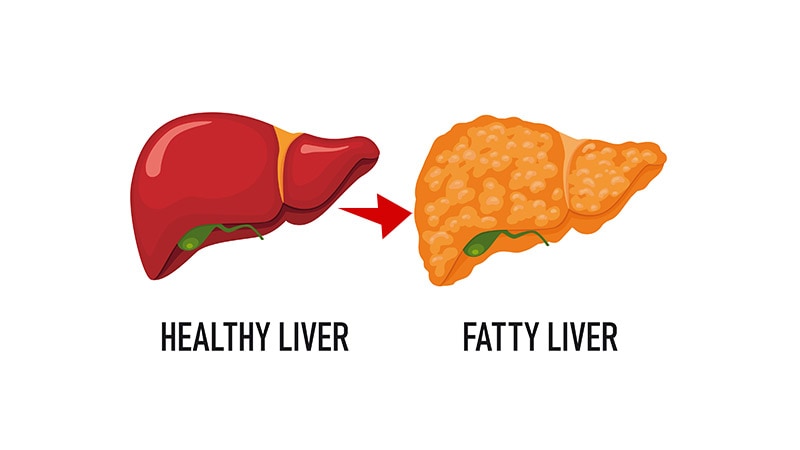Noninvasive CT-based Algorithm Developed for Rapid and Accurate Diagnosis of Fatty Liver Disease
The content discusses the development of a new noninvasive method for diagnosing nonalcoholic fatty liver disease (NAFLD), a condition characterized by the accumulation of fat in the liver.
The key highlights are:
-
NAFLD is a growing global health issue, often asymptomatic in early stages, making it difficult to diagnose. The current gold standard of liver biopsy is invasive.
-
Researchers from Spain have developed a CT-based algorithm that can automatically analyze the radiological density of the liver and spleen to detect and quantify accumulated fat in the liver.
-
This algorithm was validated in a proof-of-concept clinical trial with 39 patients diagnosed with fatty liver disease, showing high accuracy in measuring hepatic fat content from both contrast-enhanced and non-contrast CT images.
-
The new method addresses limitations of existing noninvasive techniques like MRI and ultrasound elastography, such as lack of automation, high cost, limited availability, and inability to quantify liver fat percentage.
-
The researchers believe this tool can enable early detection and management of fatty liver disease, but further validation with larger patient cohorts is needed before it can be implemented in routine clinical practice.
Összefoglaló testreszabása
Átírás mesterséges intelligenciával
Hivatkozások generálása
Forrás fordítása
Egy másik nyelvre
Gondolattérkép létrehozása
a forrásanyagból
Forrás megtekintése
www.medscape.com
Noninvasive Method for Diagnosing Fatty Liver Developed
Főbb Kivonatok
by Carlos Sierr... : www.medscape.com 07-23-2024
https://www.medscape.com/viewarticle/noninvasive-method-diagnosing-fatty-liver-developed-2024a1000di6
Mélyebb kérdések
